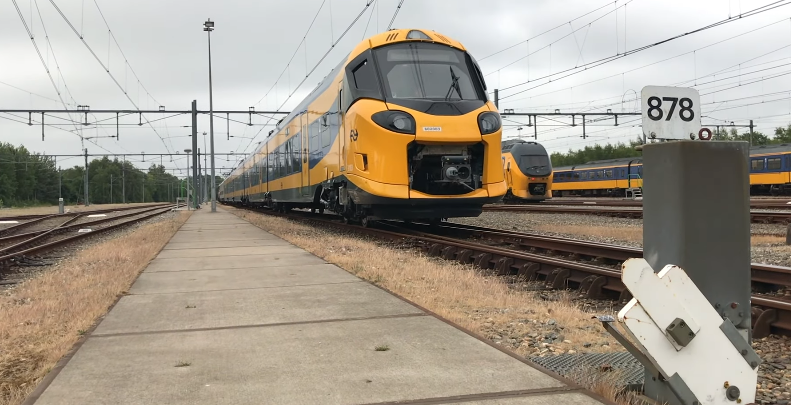NS wants to shorten Amsterdam-Brussels intercity by 40 minutes

According to Dutch Railways (NS), journey times between Amsterdam and Brussels can be reduced with 40 minutes by skipping many stations, mainly in Belgium, and by deploying the Intercity New Generation (ICNG) train by 2025. The railway operator has launched a survey to see what travellers think of the plan.
Want to read more?
You have read all of your free premium articles for this month. Please become a subscriber to keep reading.
Subscribe now!
Take advantage of our exclusive offer to get full access to all premium content.





Going to Brussels airport and Breda (where the trains change direction) are significant detours, while the removal of stops along the direct route like Antwerp–Berchem, Mechelen and Brussels Nord probably helps much less for speeeding up. For optimal service, every other train could still stop there.
40 Minutes saved would im principle be enough to extend the service to Lille in northern France, where many additional connections to TGVs could be used, also direct trains to southern France.
It is important that these trains continue to stop at Brussels-Central, a station that lives up to its name as it is located 400m from the Grand Place and is served by a double metro line that connects the entire city. It remains to be seen how ticketing will be managed and at what price…